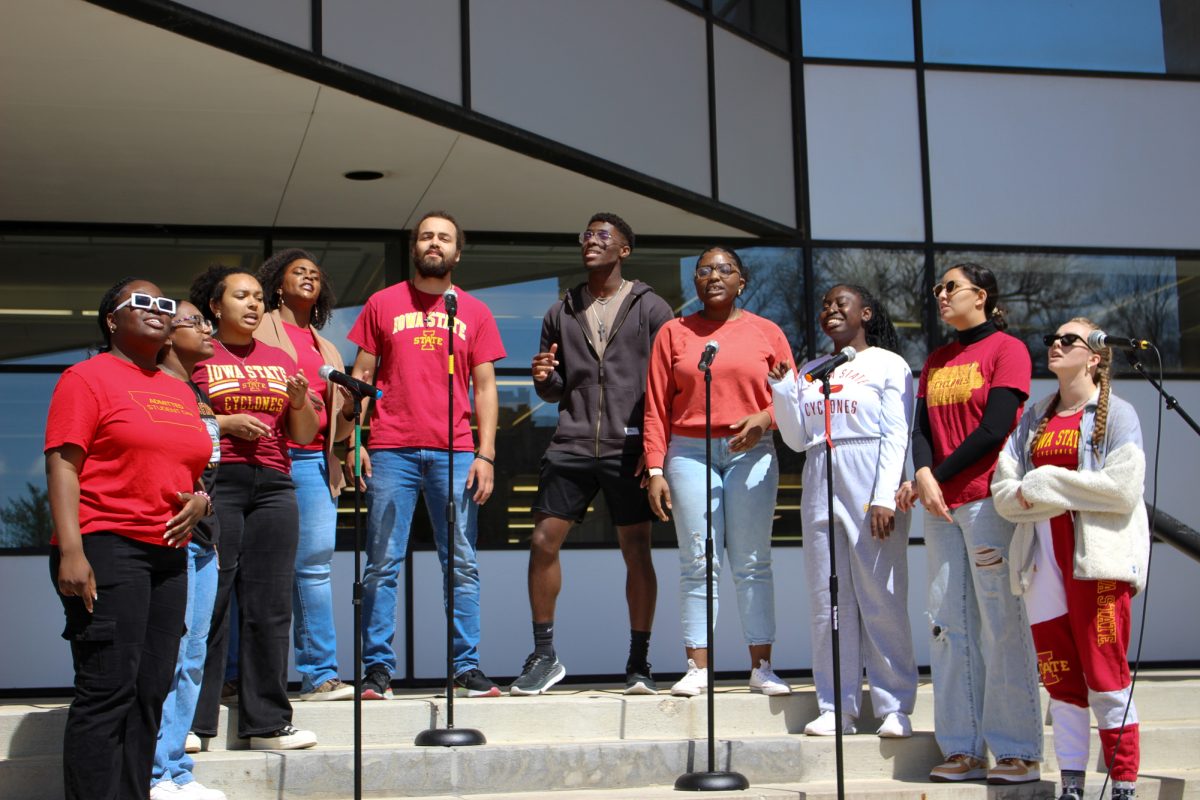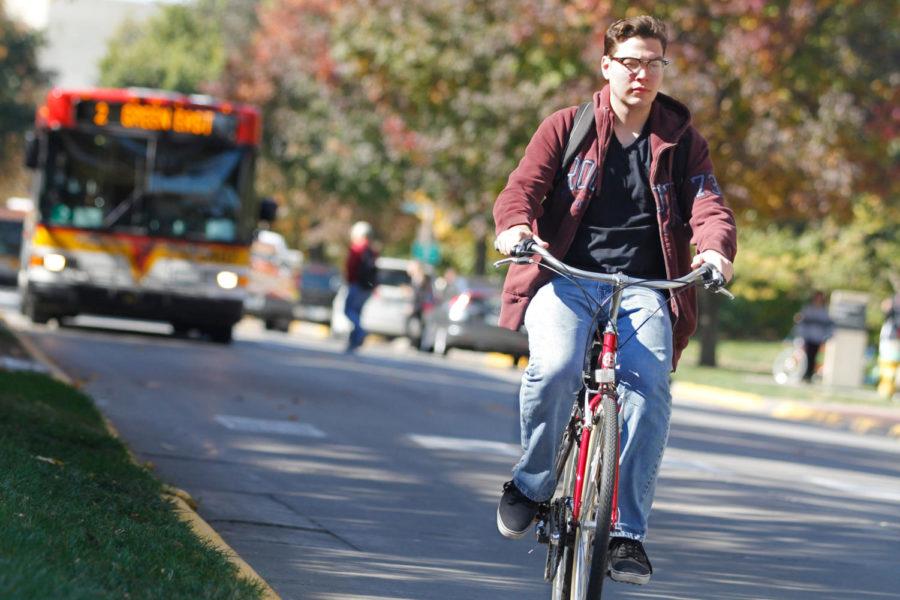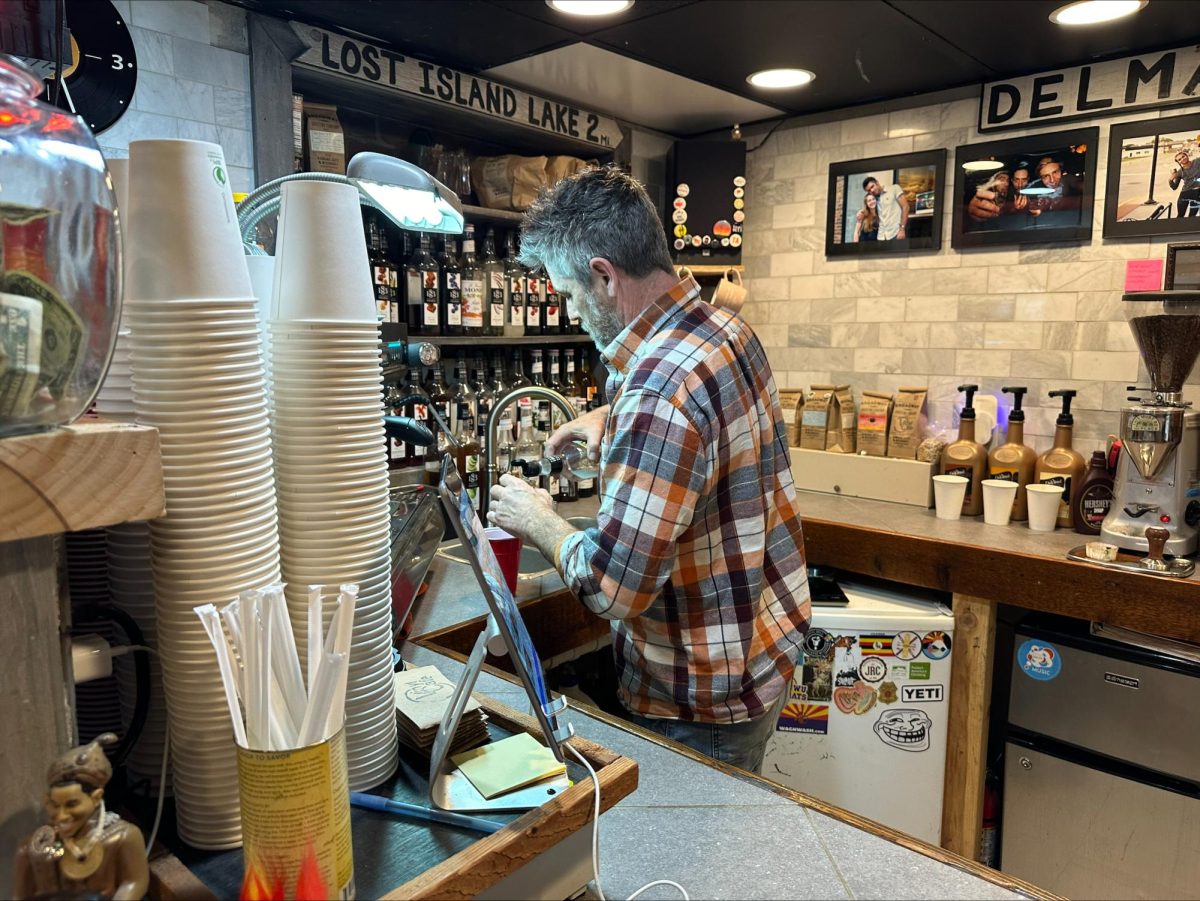Habitat loss threatens wildlife across the country, yet in Iowa, urban environments can provide refuge to large varieties of wildlife.
In Ames, any person interested in observing the local wildlife could go outside and likely notice a variety of birds, rodents, deer or other species. It can be easy to dismiss, but plants and animals permeate the human-oriented landscape, even with all of its industrial and modern developments.
Emma Buckardt, a research scientist in the natural resource ecology and management department, said in most cities and rural areas there is an abundance of wildlife hidden under people’s noses. Buckardt said this is even true in highly urbanized cities, which lack natural areas or large public spaces for wildlife to exist.
“Even just a small garden in someone’s backyard can hold a couple of different species of native bees and native butterflies and moths and things to allow for those populations to exist and kind of thrive,” Buckardt said.
Buckardt pointed to one recent study that found the federally endangered rusty patched bumblebee in Ames and three other locations in Iowa: near Fort Dodge, Dubuque and Yellow River State Forest.
Finding the endangered bee in what is essentially people’s backyard environments shows the role individual pieces of property could take in boosting wildlife populations, according to Buckardt.
In Iowa, wildlife faces different challenges in urban and rural environments. While urban areas appear far less hospitable to wildlife than rural settings, much of Iowa’s rural landscape is dominated by crop monocultures, which provide little of the resources or benefits of typical habitats.
Fanny Riand, a graduate student studying wildlife habitat conservation in cities, said urban areas represent oases for pollinators and birds, which fill important roles in the larger ecosystem.
“There’s definitely practices that homeowners can use that help foster that and can be beneficial, both for homeowners who get to enjoy seeing birds and pollinators in their yard, while also giving them a place to forage and rest and breed,” Riand said.
Buckardt said the habitat scarcity in rural areas, specifically of grasslands, has driven a decline in grassland bird populations across the country. While urban areas cannot supply the open grassland habitat that some animals depend on, they do meet the needs of other species.
“Small changes in their own personal life on their own personal property can make a big impact when we do it collectively,” Buckardt said. “And so getting people on board to remove invasives on their property or plant a small native garden patch or just leaving flowers up so bees can use them, things like that can help wildlife really thrive.”
Still, incorporating wildlife into urban environments does pose some challenges for wildlife and people. Highly developed areas create unfamiliar, sometimes hazardous environments to animals, and wildlife’s tendencies to encroach on human-oriented landscapes can lead to conflicts.
Adam Janke, associate professor at Iowa State and an ISU Extension and Outreach wildlife specialist, said a lot of urban wildlife conservation involves managing the tension between people and wildlife.
“The thing with wildlife habitat is if wildlife find a site attractive, they’re going to try to find a way to take advantage of it,” Janke said.
Because human environments often also appeal to wildlife, it is not uncommon for conflicts to arise around potential habitats and resources. These conflicts range from deer or moles damaging landscaping to Canada geese disrupting foot traffic, raccoons getting into the trash and bats into the attic.
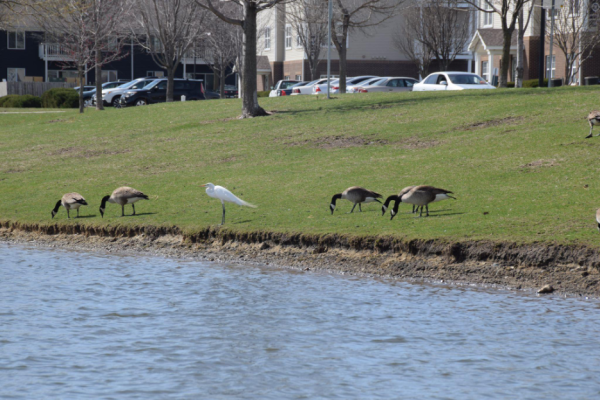
“But one thing that I always say is, it’s easier to change human behavior than it is animal behavior,” Janke said.
Janke said the first and best step to avoid conflict is for people to take measures to prevent animals from gaining access to unwanted resources, such as securing trash bins or fencing off gardens.
Another principle preached by conservationists, Janke said, is tolerance for the various organisms which people ultimately do share a larger environment with.
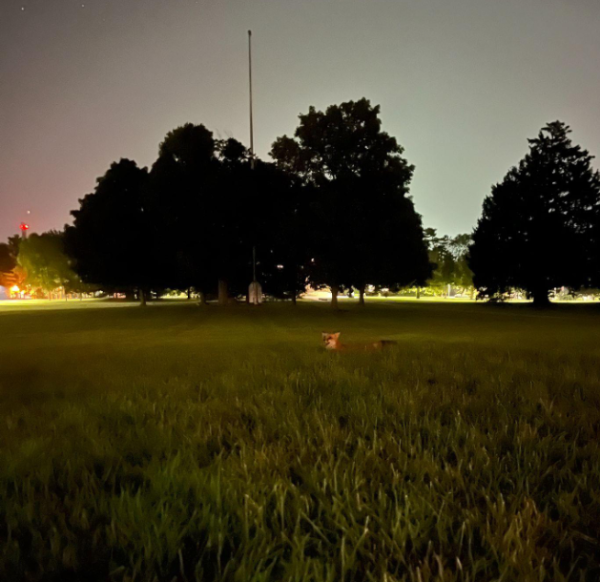
“Sometimes we just have to understand that they’re going to be here and just accept it,” Janke said. “If a mole is digging up your yard, then maybe celebrate the aeration that that mole is doing or reevaluate your expectations for that portion of your yard.”
One example of a species that seems to excel in coexisting with human development is foxes. Janke said foxes eat cottontail rabbits and other small mammals, bird eggs and other types of prey. Foxes prefer heterogeneous environments with a dispersion of open grassland and tree cover, which urban areas are better suited to provide than rural ones.
“They figured out a way to live, kind of coexist, with people, and so they’re doing relatively well in cities,” Janke said.
Janke added that in Iowa, foxes seem to inhabit urban settings far more than coyotes, which have proven equally capable of finding habitat in a highly-developed setting. Because of their typically antagonistic interactions, Janke said it is as if coyotes and foxes have a truce to inhabit their respective areas, with foxes residing in cities and coyotes in rural settings.
Another seldom-mentioned species currently adapting to urban landscape is the beaver, which have constructed their own dams and living spaces in multiple locations around Ames.

Referring to a colony of beavers inhabiting the Tedesco Environmental Learning Corridor, Buckardt pointed to their ability to find specific spaces nestled between high-traffic areas where they see relatively few disruptions.
“In the perfect wild situation, beavers wouldn’t be using corn stalks as the building material for these dams,” Buckardt said. “But it was a resource that they have. They made it work.”










